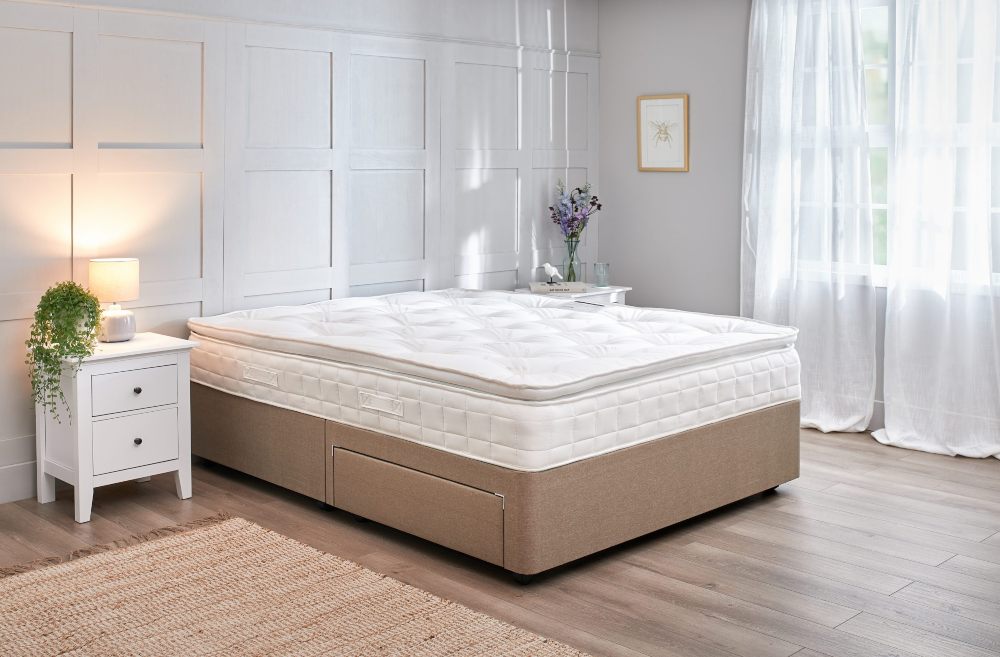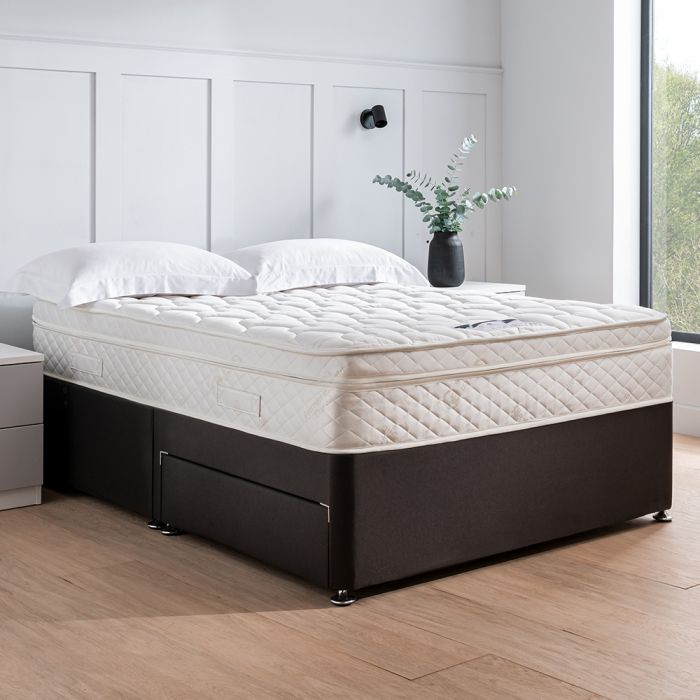A good night’s sleep is essential for overall health and well-being, and the mattress you choose plays a crucial role in achieving that restful slumber. Over the years, the mattress industry has evolved significantly, offering a wide variety of options to meet individual preferences and needs. From traditional innerspring mattresses to modern memory foam and hybrid designs, selecting the right mattress can be overwhelming. However, understanding the different types of mattresses and their features can help consumers make informed decisions that lead to better sleep quality.
Innerspring mattresses have long been a popular choice among consumers due to their familiarity and support. These mattresses are constructed with a network of coils or springs, providing a traditional feel and excellent support for the body. The level of firmness can vary depending on the number of coils and the materials used in the mattress’s padding. Innerspring mattresses are known for their breathability, making them a suitable choice for those who tend to sleep hot. While they have been a staple in the mattress market for decades, advancements in mattress technology have led to the emergence of alternative options that cater to different sleep preferences.
Memory foam mattresses have gained immense popularity in recent years due to their unique ability to conform to the body’s shape. This material was initially developed by NASA to enhance comfort and support during space travel, but it has since become a household name in mattress design. Memory foam provides pressure relief by evenly distributing body weight, which can be particularly beneficial for individuals with joint pain or those who experience discomfort while sleeping. Additionally, memory foam mattresses are known for their motion isolation properties, making them an excellent choice for couples, as movement on one side of the bed is less likely to disturb the other. However, some users may find that memory foam retains heat, so many manufacturers have developed cooling technologies to address this concern.

Latex mattress are another popular alternative that offers a unique combination of support and comfort. Made from natural or synthetic rubber, latex mattresses are known for their durability and resilience. They provide a slightly firmer feel compared to memory foam while still offering adequate pressure relief. One of the key advantages of latex mattresses is their natural breathability, which helps regulate temperature and wick away moisture, making them suitable for hot sleepers. Additionally, latex is hypoallergenic and resistant to dust mites and mold, making it an excellent choice for allergy sufferers. With various options available, including Dunlop and Talalay latex, consumers can choose a mattress that aligns with their comfort preferences.
Hybrid mattresses have emerged as a popular choice for those seeking the best of both worlds. Combining the support of innerspring coils with the comfort of memory foam or latex, hybrid mattresses offer a balanced sleeping experience. The coil support system provides responsiveness and breathability, while the foam or latex layers add cushioning and contouring. This combination allows hybrid mattresses to cater to a wide range of sleeping positions and preferences, making them suitable for various body types and sleeping habits. As the demand for hybrid designs continues to grow, manufacturers are innovating to create new models that enhance comfort, support, and durability.
When selecting a mattress, it is crucial to consider individual sleep needs and preferences. Factors such as body weight, sleeping position, and personal comfort preferences all play a role in determining the best mattress type. For example, side sleepers often benefit from softer mattresses that provide adequate pressure relief for the shoulders and hips, while back and stomach sleepers may require firmer options to maintain proper spinal alignment. Additionally, individuals with specific health conditions, such as arthritis or chronic back pain, should consider consulting with a healthcare professional to identify the best mattress for their needs. Ultimately, the right mattress can significantly impact sleep quality and overall health.
In conclusion, the importance of choosing the right mattress cannot be overstated, as it plays a vital role in achieving restorative sleep. With various options available, including innerspring, memory foam, latex, and hybrid mattresses, consumers must carefully consider their unique preferences and needs before making a purchase. The mattress industry continues to innovate, introducing new technologies and materials that enhance comfort and support. By understanding the features and benefits of different mattress types, individuals can make informed decisions that lead to improved sleep quality and overall well-being. Investing in a quality mattress is not just about comfort; it is a crucial step towards achieving a healthier lifestyle.


